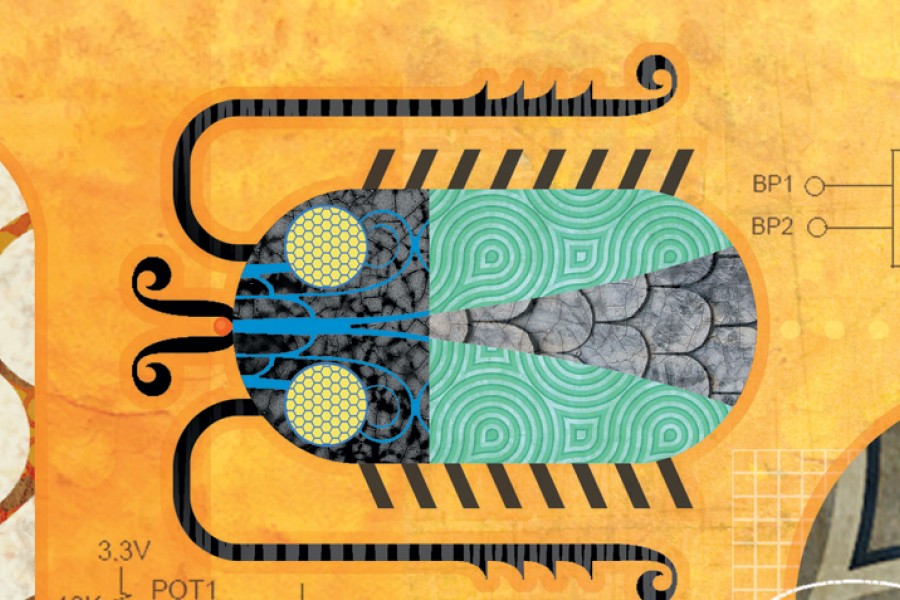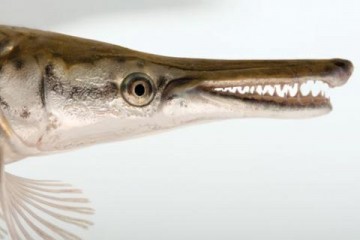Engineers at the Whiting School of Engineering are taking inspiration from the designs of living things—designs that have been worked out in the Darwinian trials and errors of millions, even billions, of generations—to construct robots with increasingly sophisticated capabilities. Flying. Climbing. Sensing.
Jim Schnabel takes a closer look at this work in the Spring 2012 issue of Johns Hopkins Engineering Magazine.
Read more from Johns Hopkins Engineering MagazineListen to the night music of cockroaches.
Listen to their tiny, spiny feet as they careen across the tiles in your kitchen. What do you hear? What can you learn? These hardy primordial creatures zip through cluttered spaces in utter darkness at human-equivalent speeds of up to 200 miles per hour. Yet you never hear them crashing headlong into things, even though the cockroach brain has only an infinitesimal fraction of the computing power of the average mammal's. How do they manage this stupendous feat with such meager neural resources?
"A cockroach has two head-mounted antennae," explains Johns Hopkins roboticist Noah Cowan. "They're only about as long as its body, but somehow they're enough to allow it to react in time to obstacles."
Cowan, an associate professor of mechanical engineering at the Whiting School of Engineering, has been working with biologist Robert Full at UC Berkeley to understand the functions of the cockroach antenna and apply these findings to robot design. Such antennae could help mini-bots move swiftly through earthquake-collapsed buildings, for example; they could even make Roomba-type cleaning bots better living room navigators.
Posted in Science+Technology
Tagged mechanical engineering, noah cowan, robotics









